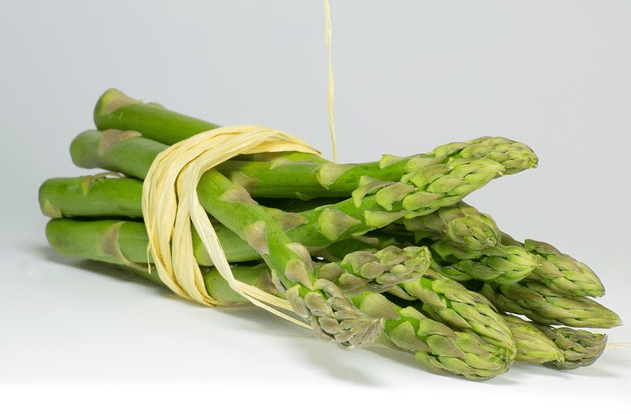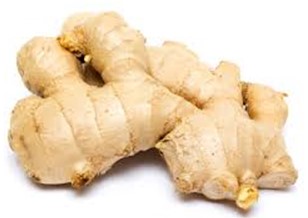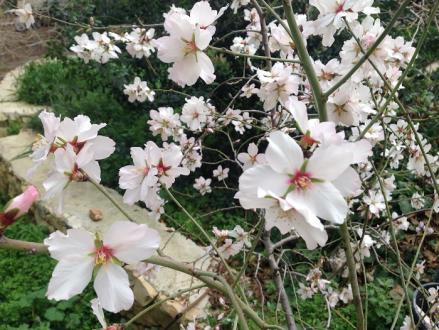The official name for asparagus is “Asparagus officinalis”, although in English, it is widely known simply as asparagus, or sometimes garden asparagus. What is now considered an aristocratic culinary delicacy began its journey as a remedy for jaundice and a diuretic.
Wild varieties of asparagus are common along streams in Southern and Central Europe, parts of Western Asia, and North Africa. Some varieties were already cultivated in ancient times and, thanks to medical doctors, spread throughout the Mediterranean basin and to Germany and Northern Europe.
Besides being a medicinal plant, asparagus has also been consumed as food since ancient times. Although asparagus is rich in vitamins and antioxidants, its caloric value is low.
This fact, combined with its short season, made it an unprofitable vegetable, leading to its disappearance from Europe's agricultural map throughout the Middle Ages. It only made a comeback on our continent in the 16th century and has since been branded as a sought-after delicacy, a reputation it proudly holds today.
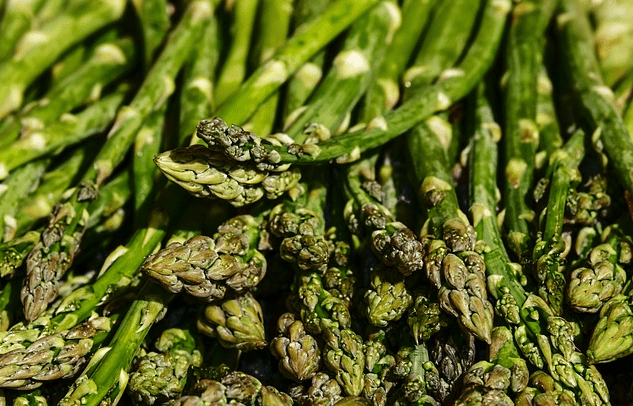
I am entirely on the asparagus team, but I must honestly admit that it is a challenging vegetable. When prepared correctly, it is the most delicious dish in the world. The problem is that it's easy to ruin asparagus. Fry it too aggressively, and it becomes bitter, tough, and fibrous; cook it too long, and it loses texture and flavor.
I prefer steaming it, as it's harder to mess it up that way. Sometimes I start with steaming and then finish it in the oven with some butter and cheese. It’s just so tasty.
But sometimes, when I come across especially fresh green asparagus, like the ones we have in the store this week, I like to trim it, peel it slightly, and cut it into small pieces to add to a salad or other cold dishes.
The fact that there is green asparagus suggests the existence of other colors. So let's clarify the colors of asparagus.
Generally speaking, the common types of asparagus in the market are divided into green, purple, and white asparagus.
The green and purple ones are different varieties, with the purple varieties containing anthocyanin pigments responsible for the purple color in many purple-appearing vegetables.
White asparagus is a more interesting story because it's not a different variety but rather a cultivation method that manipulates the plant. The way white asparagus is grown involves covering the shoot emerging from the soil and continuing this process throughout its development.
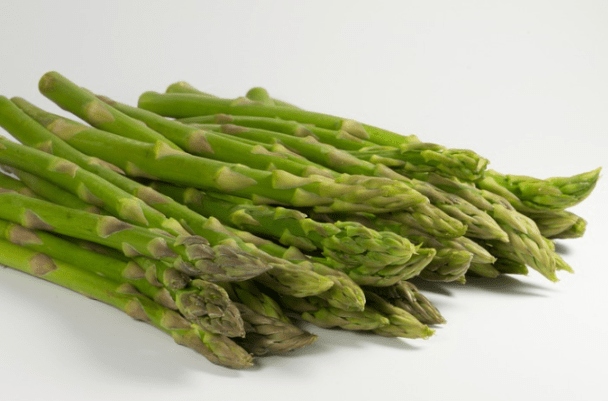
This prevents it from getting the light necessary for photosynthesis. Since the green color in plants comes from a pigment called chlorophyll, which is used in photosynthesis, reducing the photosynthesis process significantly reduces the production of chlorophyll, resulting in a pale, pigment-free shoot known as white asparagus.
But this week, we're focusing on green asparagus, and even if it hasn't been manipulated during its growth and its prestige factor is lower than that of white asparagus, it is still incredibly delicious when prepared correctly. So, here's one last important tip regarding handling fresh asparagus of any color.
Asparagus has an enzyme that produces a woody substance called lignin. Lignin, essentially, seals the end of the shoot, and since it's a hard material that doesn't soften during cooking, it's crucial to trim the end of the shoot and remove the lignin layer before cooking.
However, note that if you trim the asparagus and let it sit for more than an hour before cooking, the enzymes still active in fresh asparagus will produce a new lignin layer. My recommendation: wait until the last moment before putting it into the steamer, pot, oven, or salad to trim the shoot.

